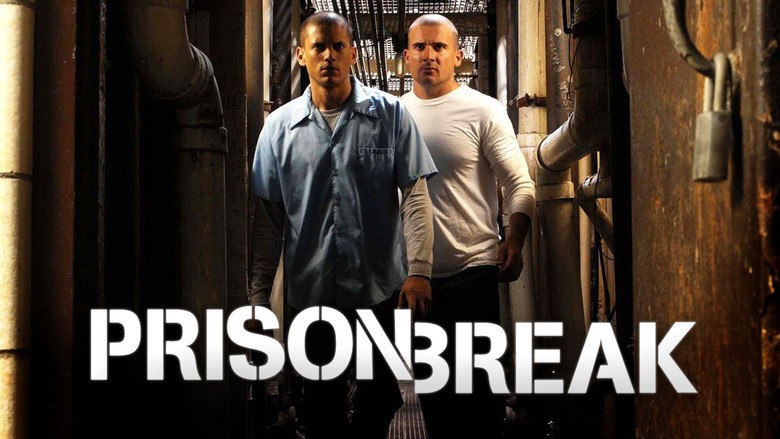Prison Break: Season 1

“Prison Break,” created by Paul Scheuring, is a television drama series that premiered in 2005 and quickly captivated audiences with its intense and suspenseful narrative. The first season of “Prison Break” is particularly notable for its intricate plot, compelling characters, and relentless pace. The season, consisting of 22 episodes, introduces viewers to a high-stakes game of cat and mouse as one man’s elaborate plan to escape prison unfolds, revealing a web of conspiracy and deception.
The season begins with a dramatic and gripping premise: Michael Scofield (played by Wentworth Miller), a structural engineer, deliberately commits a crime to land himself in Fox River State Penitentiary. His goal is not to endure a life sentence, but rather to rescue his brother, Lincoln Burrows (Dominic Purcell), who is wrongfully imprisoned and sentenced to death for a crime he did not commit. The show’s central conflict revolves around Michael’s intricate plan to free Lincoln, which involves a combination of his expertise in engineering and his deep understanding of the prison’s infrastructure.

One of the season’s standout features is Michael’s meticulously crafted escape plan, which is ingeniously mapped out in tattoos covering his entire upper body. These tattoos are not merely decorative; they serve as a blueprint for the escape, providing crucial information about the prison’s layout, security measures, and the means to evade capture. This attention to detail underscores the show’s commitment to suspense and complexity.
As the plot unfolds, viewers are introduced to a diverse array of characters within the prison, each with their own motivations and backstories. The ensemble cast includes characters like Sucre (Amaury Nolasco), T-Bag (Robert Knepper), and C-Note (Rockmond Dunbar), whose interactions and developments add depth and richness to the narrative. Each character brings a unique element to the story, whether through alliances, rivalries, or personal struggles.

The tension in “Prison Break” is heightened by the constant threat of discovery and failure. Michael must navigate the treacherous world of prison politics while dealing with corrupt guards, unreliable inmates, and a complicated legal system. His strategic maneuvers are often countered by the formidable efforts of the prison’s warden, Henry Pope (Stacy Keach), and the scheming agent, Paul Kellerman (Paul Adelstein), who are determined to thwart his plans.
The show’s pacing is relentless, with each episode building on the last to create a suspenseful and addictive experience. The stakes are consistently high, and the plot twists and turns keep viewers on the edge of their seats. The series excels at cliffhangers, making it difficult for viewers to resist the urge to binge-watch.

In addition to its thrilling narrative, “Prison Break” explores themes of justice, loyalty, and redemption. Michael’s devotion to his brother and his willingness to sacrifice his own freedom highlight the deep bonds of family and the lengths to which people will go to protect their loved ones. The show also examines the flaws and corruption within the legal system, shedding light on the challenges faced by those who seek justice.
The first season of “Prison Break” was met with critical acclaim and commercial success, setting the stage for subsequent seasons. Its blend of high-stakes drama, complex characters, and intricate plotting made it a standout in the television landscape of the mid-2000s.

In conclusion, “Prison Break: Season 1” is a masterclass in suspenseful storytelling. It combines a thrilling escape plot with rich character development and moral complexity. The season’s success lies in its ability to keep viewers engaged with its constant twists and turns, while also exploring deeper themes of loyalty and justice. As a result, it remains a memorable and influential entry in the genre of television dramas.










